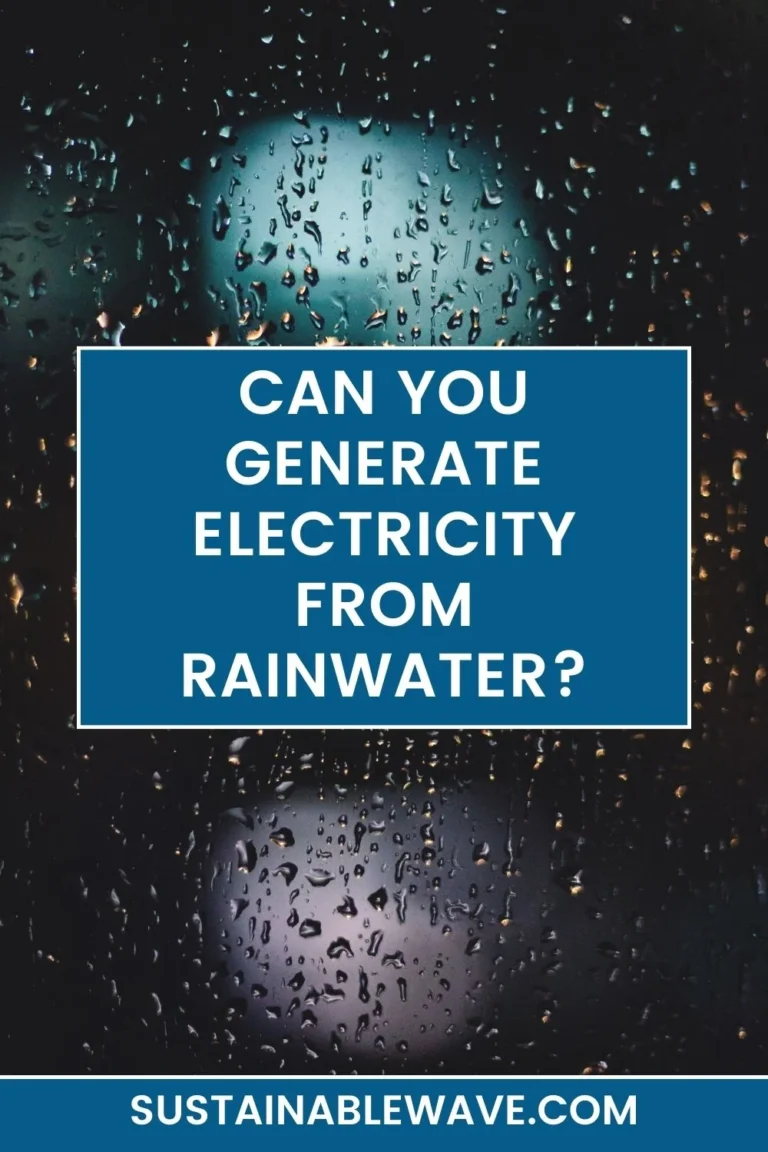Guarantees of Origin (GOs) are not just buzzwords in the energy sector; they’re the backbone of renewable energy certification.
These guarantees ensure that energy consumers are getting what they pay for: clean, sustainable power.
But what exactly are Guarantees of Origin, and why are they so crucial?
What are Guarantees of Origin?

In the realm of renewable energy, Guarantees of Origin (GOs) are a testament to transparency and authenticity. They serve as a bridge between producers of renewable energy and consumers, ensuring that the energy being consumed is genuinely green.
A Guarantee of Origin is akin to a certificate or a label. It provides documented evidence that a specific quantity of electricity was generated from renewable energy sources. Each GO represents a specific amount of energy, typically one megawatt-hour (MWh), and is issued once that energy is fed into the grid.
But it’s not just about numbers and certificates. GOs are about trust. In an age where consumers are becoming increasingly conscious about their environmental footprint, GOs offer a way to verify that their energy choices align with their values. It’s a system that ensures that when someone opts for “green” or “renewable” energy, they are getting precisely that.
Furthermore, GOs are unique and cannot be double-counted. Once the energy associated with a GO is consumed, the certificate is redeemed and cannot be used again. This ensures the integrity of the system, preventing any potential misuse or double claims.
Importance of Guarantees of Origin
The significance of Guarantees of Origin extends beyond mere certification. They play a multifaceted role in the energy sector, touching upon environmental, economic, and consumer aspects.
- Championing Sustainability: At the heart of GOs is the promotion of renewable energy. By certifying green energy, they encourage producers to invest more in renewable sources, driving the shift away from fossil fuels and reducing greenhouse gas emissions.
- Economic Incentives: For energy producers, GOs can be a source of additional revenue. These certificates can be traded, and with the rising demand for green energy, their value can potentially increase, providing an economic incentive for more renewable energy production.
- Consumer Empowerment: In today’s information age, consumers want to make informed choices. GOs empower them by providing transparency. When consumers see a GO label, they can be confident in their energy source, knowing it’s genuinely renewable.
- Driving Policy and Regulation: The presence of a standardized system like GOs can influence policy decisions. Governments and regulatory bodies can set targets for renewable energy consumption, using GOs as a tool to measure and verify compliance.
- Market Dynamics: GOs play a pivotal role in shaping the renewable energy market. They create a demand-supply dynamic, where consumers demand green energy, and producers supply it, backed by GOs. This can lead to competitive pricing, innovation, and increased investments in the renewable sector.
How Guarantees of Origin Work
Navigating the world of renewable energy can be complex, but Guarantees of Origin (GOs) simplifies the process by providing a clear and transparent system.
Here’s a step-by-step breakdown of how they function:
- Issuance: When energy is produced from a renewable source, a GO is issued. This certificate acts as a birthmark, signifying that a specific quantity of energy, typically one megawatt-hour (MWh), has been generated from green sources and fed into the grid.
- Tracking: Each GO is unique and carries specific details about the energy it represents, such as the source (solar, wind, hydro), the location of production, and the date of generation. This information is tracked in a centralized system, ensuring that each GO is accounted for.
- Trading and Transferring: GOs can be traded on specialized platforms or transferred between entities. This creates a dynamic market where energy suppliers can purchase GOs to match their supply with the demand for green energy from their consumers.
- Redemption and Cancellation: Once the energy associated with a GO is consumed, the certificate is redeemed. This means it’s marked in the system as “used,” ensuring that it can’t be double-counted or resold. This maintains the integrity and trustworthiness of the entire GO system.

Guarantees of Origin Pricing
The pricing of Guarantees of Origin (GOs) is influenced by various factors, including supply and demand dynamics, regional renewable energy targets, and the maturity of the renewable energy market.
As the demand for green energy grows, the value of GOs can rise, providing an economic incentive for energy producers to invest in renewable sources. However, in regions with abundant renewable energy production, the supply of GOs might exceed demand, potentially leading to lower prices.
Additionally, regulatory frameworks, trading platforms, and consumer awareness can also impact GO pricing. It’s essential for stakeholders to stay informed about these factors to navigate the GO market effectively.
Differences Between Guarantees of Origin and Certificates
While both Guarantees of Origin and other environmental certificates serve to validate certain environmental attributes, they are not the same.
The main difference between Guarantees of Origin (GOs) and other environmental certificates is their scope and purpose. While GOs specifically verify that a certain quantity of energy is produced from renewable sources, other environmental certificates can encompass broader attributes, such as carbon offsets or water conservation.
Here’s a bit more on how they differ:
- Purpose and Scope: GOs are specifically designed to verify that a particular quantity of energy is produced from renewable sources. In contrast, other environmental certificates can cover a broader range of attributes, such as carbon offsets or water conservation.
- Market Dynamics: The market for GOs is primarily driven by the demand for renewable energy and the need for transparency in its consumption. Other certificates might have different market drivers, depending on the environmental attribute they represent.
- Regulatory Framework: GOs operate within a specific regulatory framework designed to promote renewable energy consumption. Other certificates might be governed by different regulations, depending on their purpose and the region or country of issuance.
- Verification Process: While both GOs and other certificates undergo verification processes, the specifics can vary. GOs focus on verifying the renewable source of energy, while other certificates might verify carbon offsets or other environmental benefits.
Global Perspective on Guarantees of Origin
The concept and importance of Guarantees of Origin are recognized globally, but the approach and implementation can vary across regions:
- Europe: Europe has been at the forefront of the GO movement. The European Energy Certificate System (EECS) governs the issuance, transfer, and cancellation of GOs in many European countries. With the EU’s ambitious targets for renewable energy, GOs play a pivotal role in tracking progress and ensuring transparency.
- North America: The U.S. and Canada have systems similar to GOs, known as Renewable Energy Certificates (RECs). While the core concept is the same – verifying the production of renewable energy – the regulatory framework and market dynamics might differ from the European model.
- Asia: With rapidly growing economies and increasing energy demands, countries like China and India are exploring and implementing GO-like systems. Their approach is tailored to their unique energy landscapes, but the core objective remains the same: promoting renewable energy and providing transparency to consumers.
Challenges in Implementing Guarantees of Origin
While Guarantees of Origin (GOs) offer a promising solution to promote and verify renewable energy consumption, their implementation isn’t without challenges:
- Regulatory Hurdles: Establishing a GO system requires a robust regulatory framework. Different countries or regions might face challenges in setting up these frameworks, especially if there’s a lack of political will or understanding of the system’s benefits.
- Market Dynamics: The effectiveness of GOs can be influenced by the demand and supply of renewable energy. Fluctuations in market prices, competition with non-renewable sources, and other economic factors can pose challenges.
- Technological Barriers: The tracking, verification, and trading of GOs require advanced technological infrastructure. Some regions, especially those with less developed tech sectors, might face challenges in setting up and maintaining such systems.
- Consumer Awareness: For GOs to be effective, consumers need to be aware of their existence and benefits. Educating the public and promoting the value of GOs can be a significant challenge in regions where renewable energy is a new concept.
- Inter-regional Compatibility: As GOs become more global, there’s a need for compatibility and mutual recognition between different regions’ GO systems. This requires international collaboration and standardization.
Future of Guarantees of Origin
The trajectory for Guarantees of Origin looks promising, influenced by technological advancements, policy shifts, and changing market dynamics:
- Technological Advancements: With the rise of technologies like blockchain and AI, the tracking and verification processes for GOs are set to become more efficient, transparent, and secure.
- Policy Changes: As the global emphasis on sustainability grows, more supportive policies and regulations for GOs are anticipated. This will further bolster the role of GOs in promoting renewable energy.
- Market Expansion: As more countries recognize the importance of GOs and the benefits they bring, the market for renewable energy and its certification is expected to expand. This will lead to more innovation and competition in the sector.
- Consumer Demand: With increasing awareness about climate change and environmental issues, consumer demand for renewable energy and transparency in its consumption will likely grow, further driving the importance of GOs.
Final Words on Guarantees of Origin

Guarantees of Origin stand as a beacon in the renewable energy landscape, illuminating the path towards a more sustainable and transparent future.
While challenges exist, the combined forces of technological innovation, policy support, and consumer demand are paving the way for a world where renewable energy is not just a choice but a norm.
GOs, in essence, are more than just certificates; they are a commitment—a commitment to a greener planet, a transparent market, and an informed consumer base.
As we move forward, they will undoubtedly play a pivotal role in shaping the future of energy consumption globally.
I’m Thomas, the owner of SustainableWave. Passionately promoting a sustainable planet. With experience in various eco-roles, I’ll share green tips, sustainability hacks, and personal eco-journeys on my blog.






